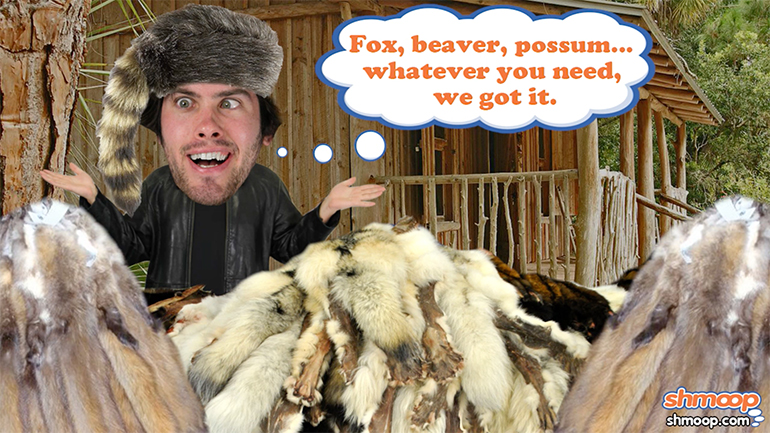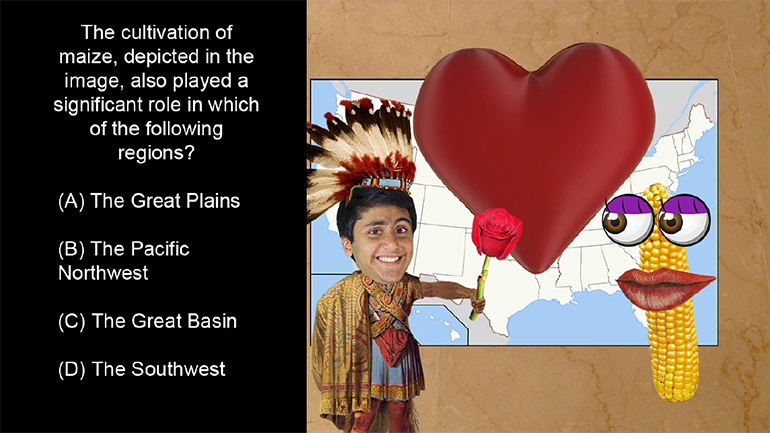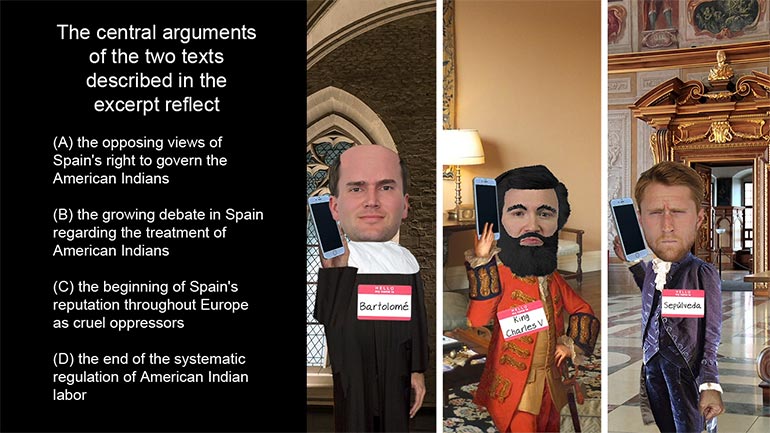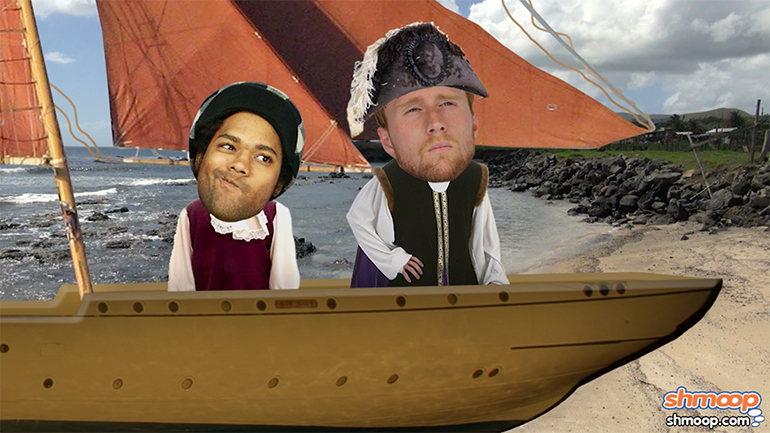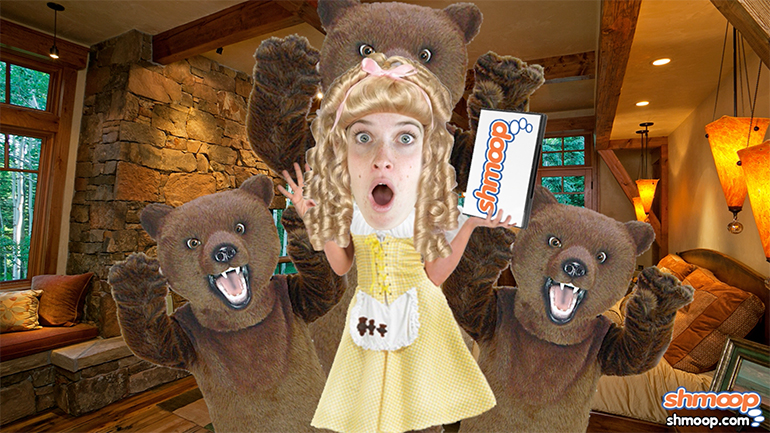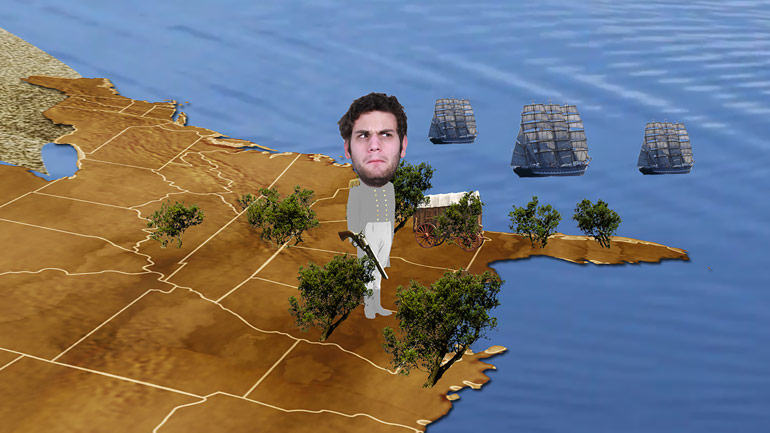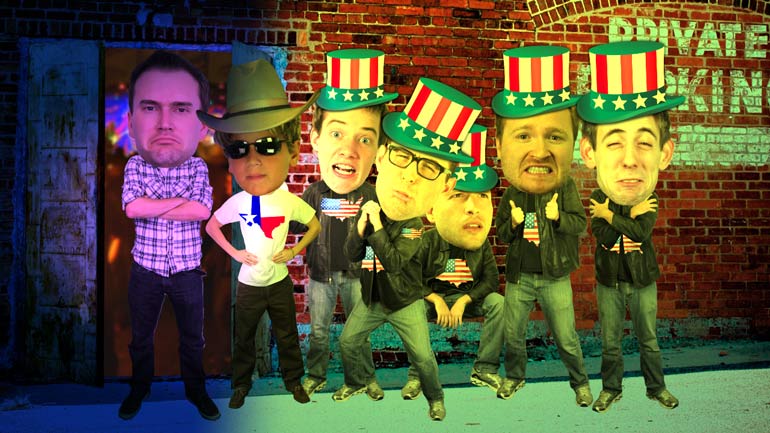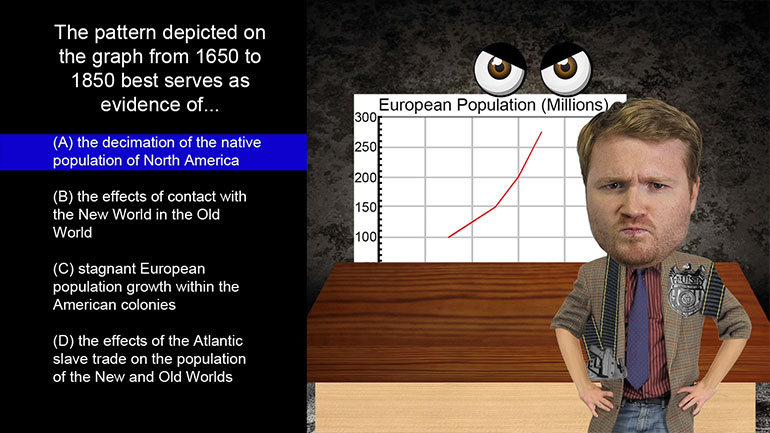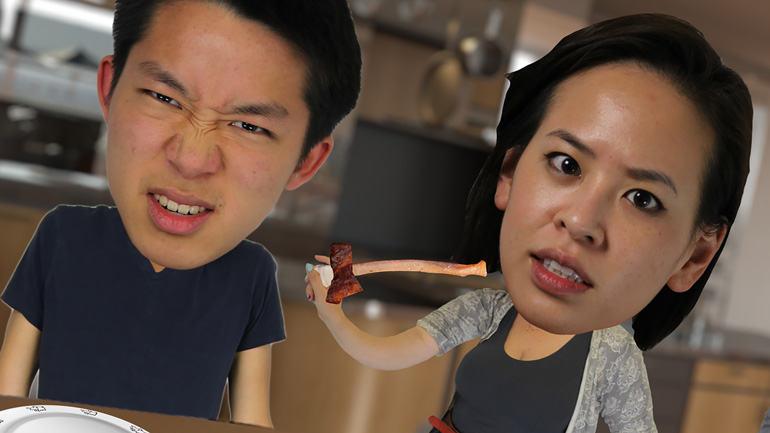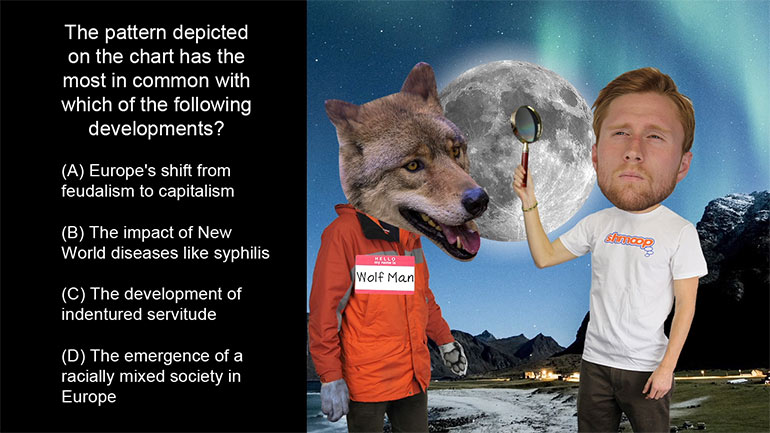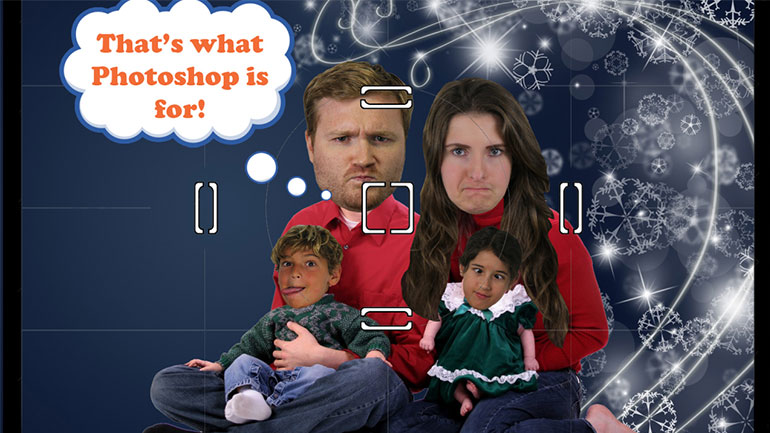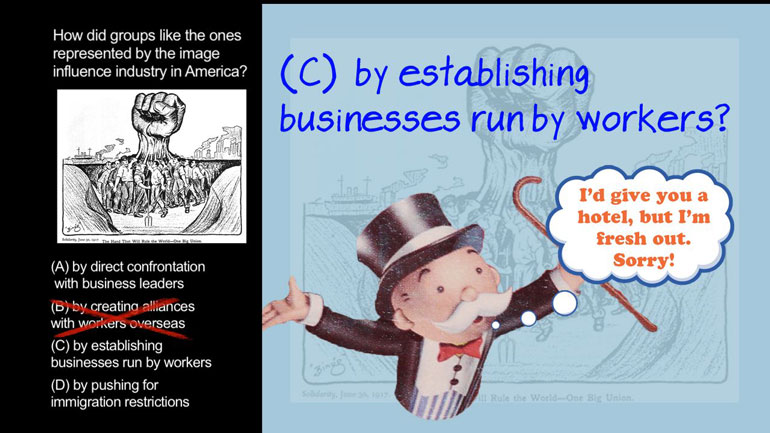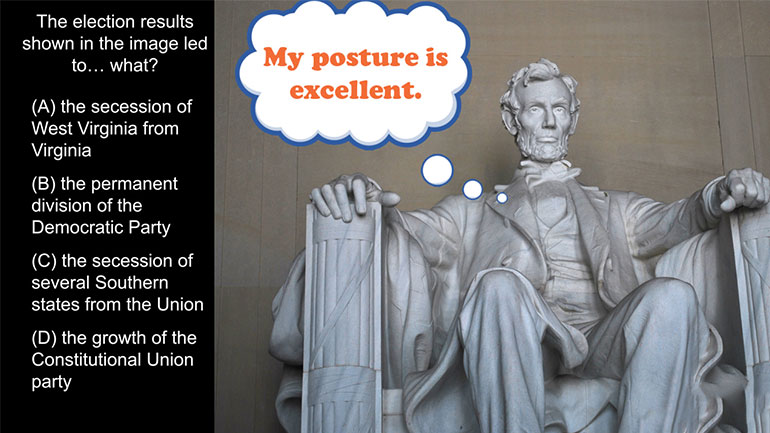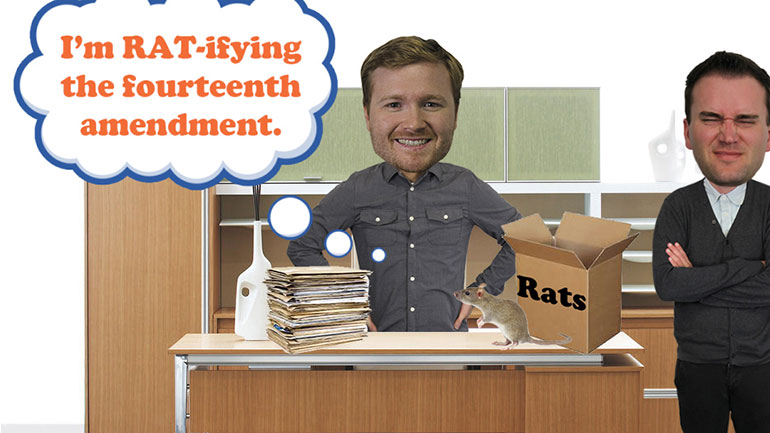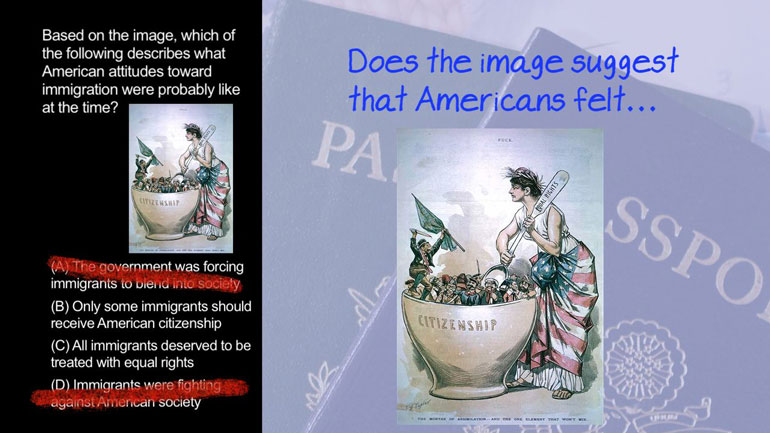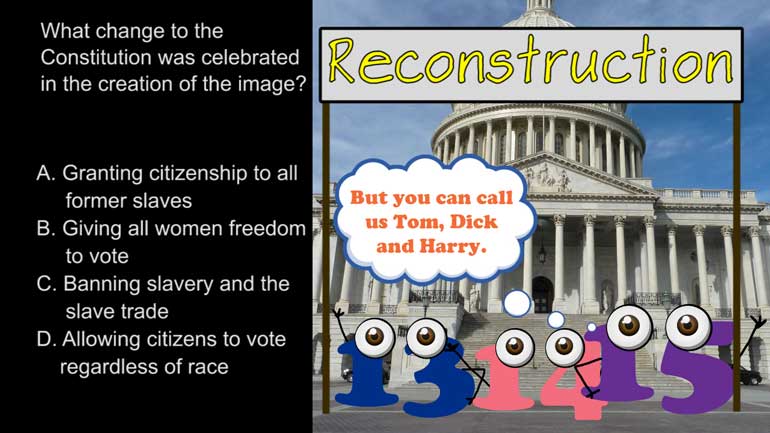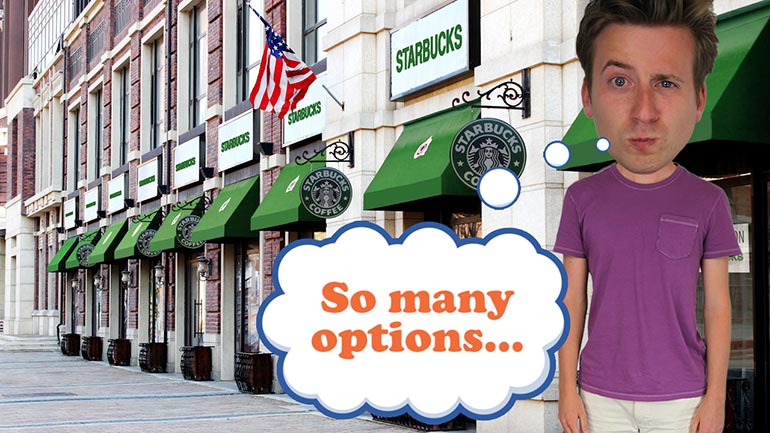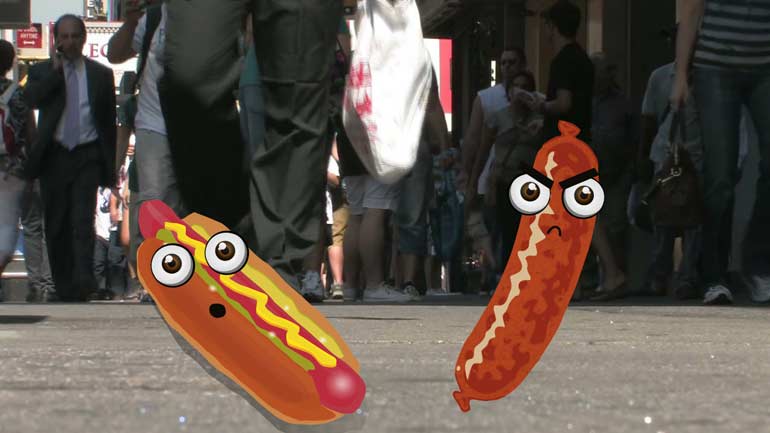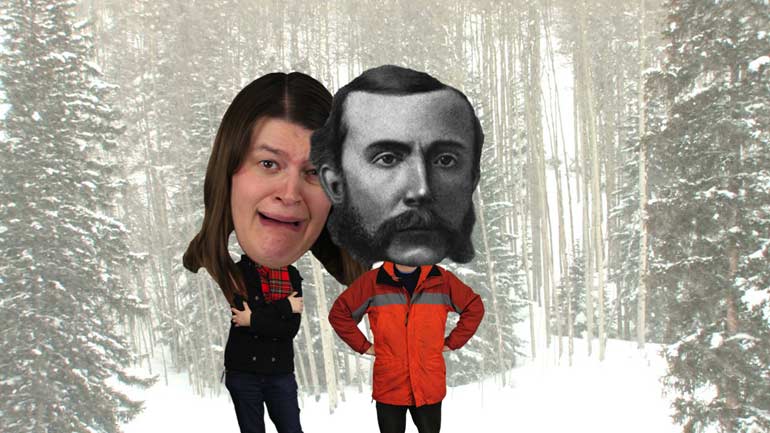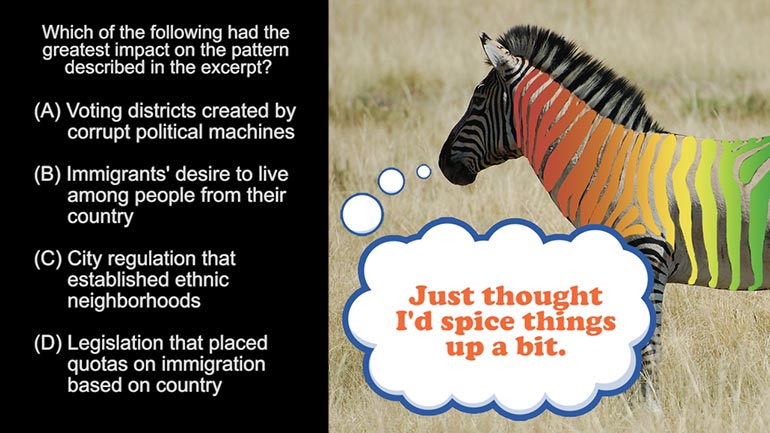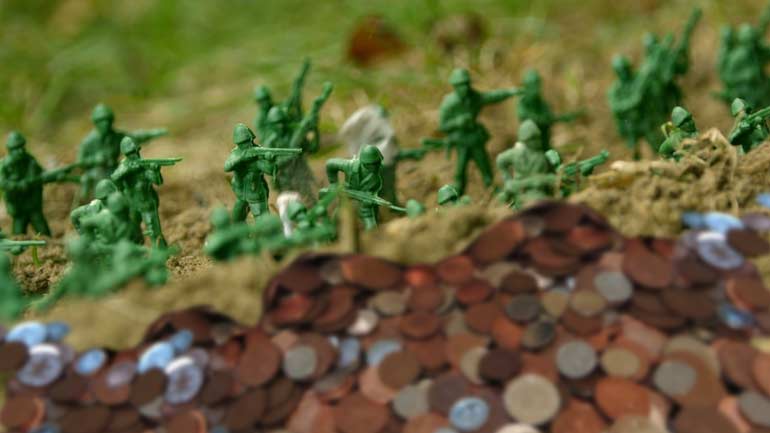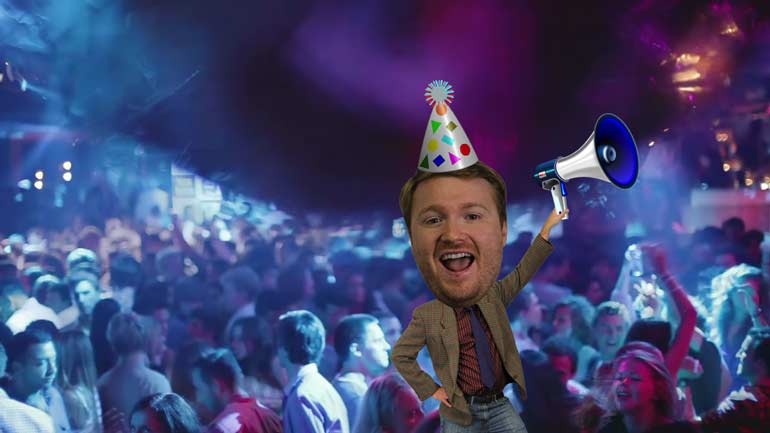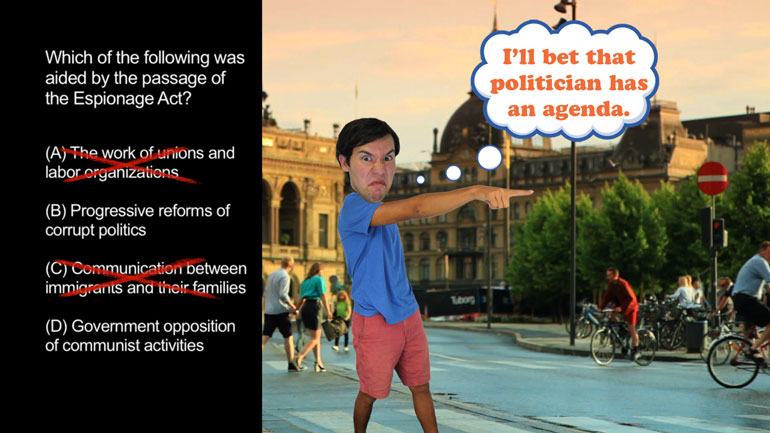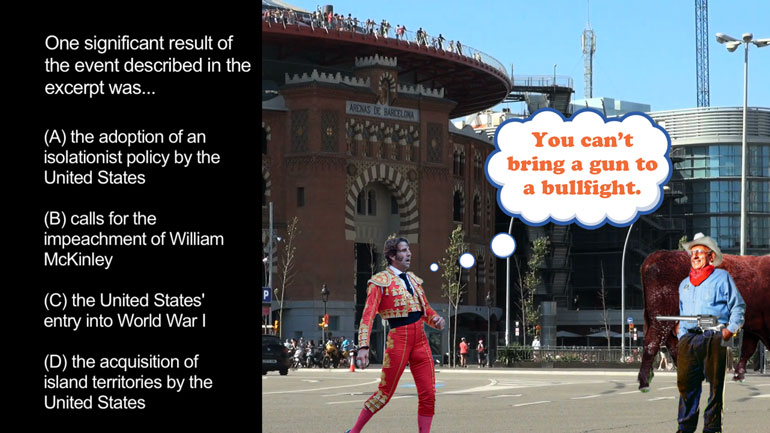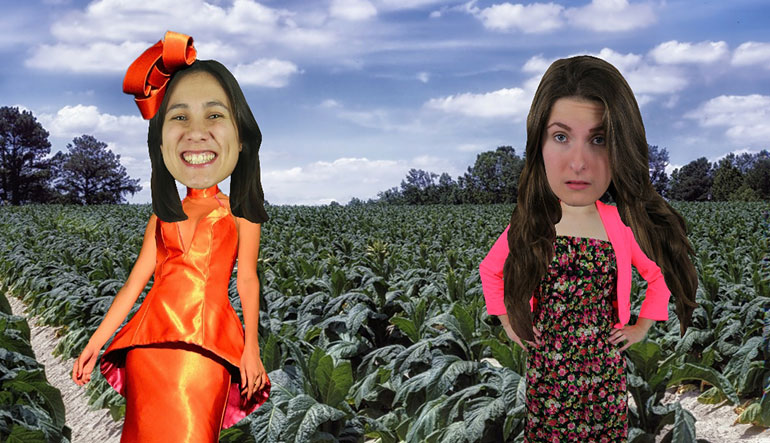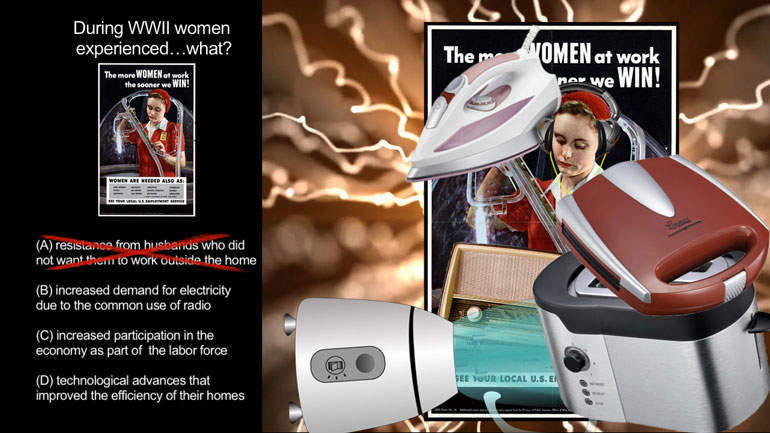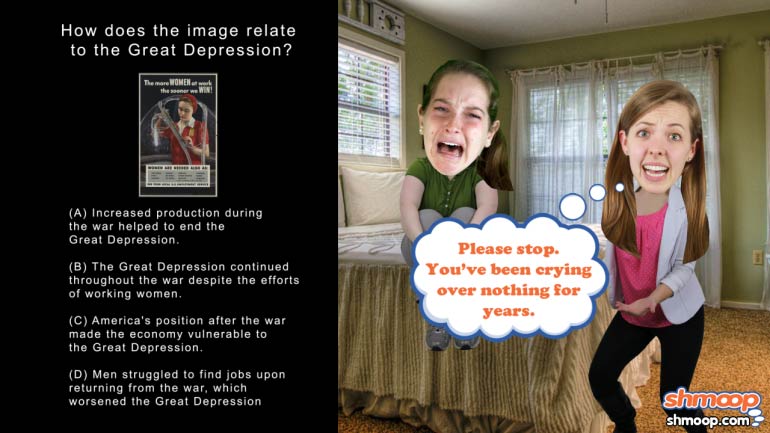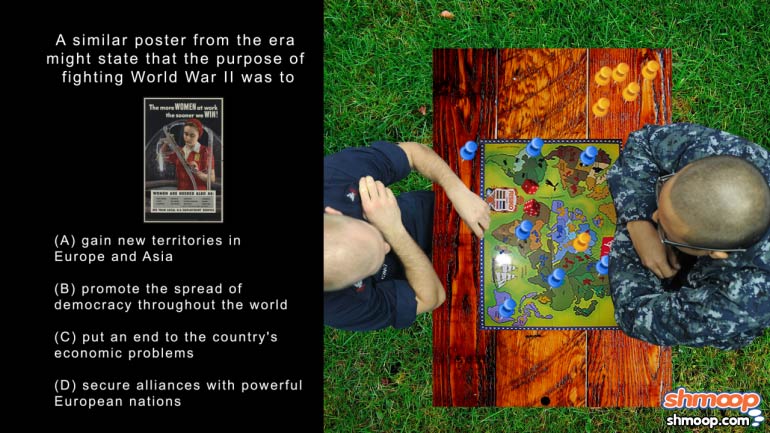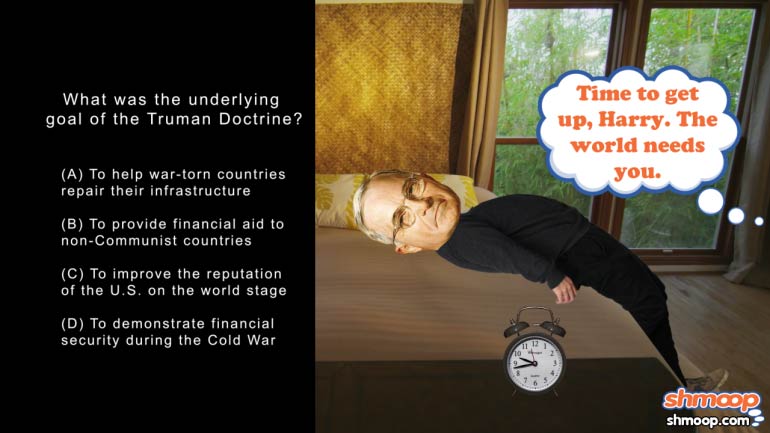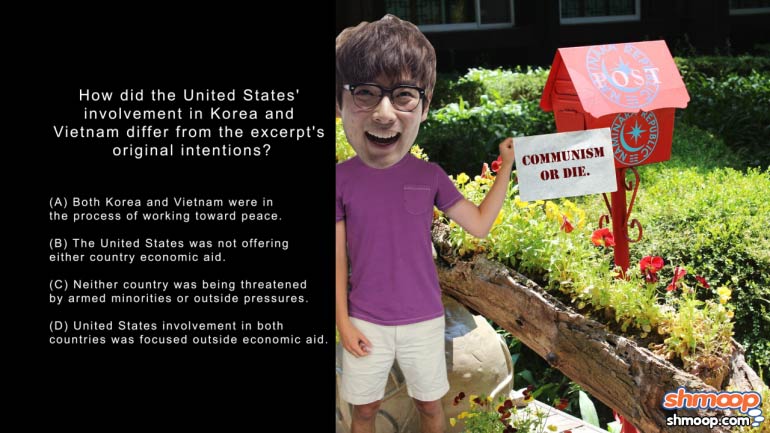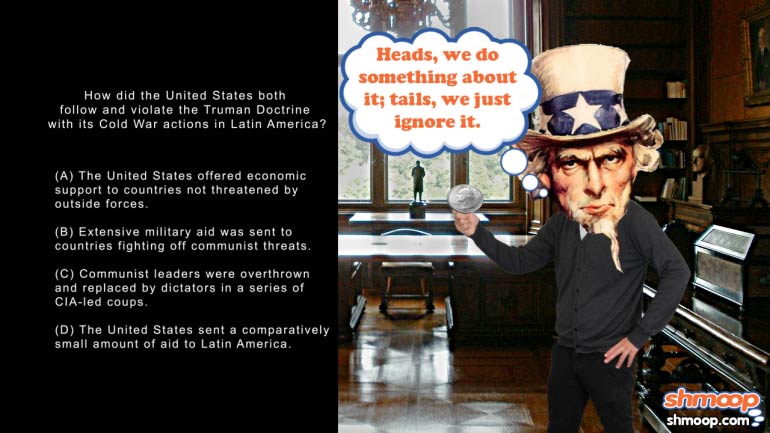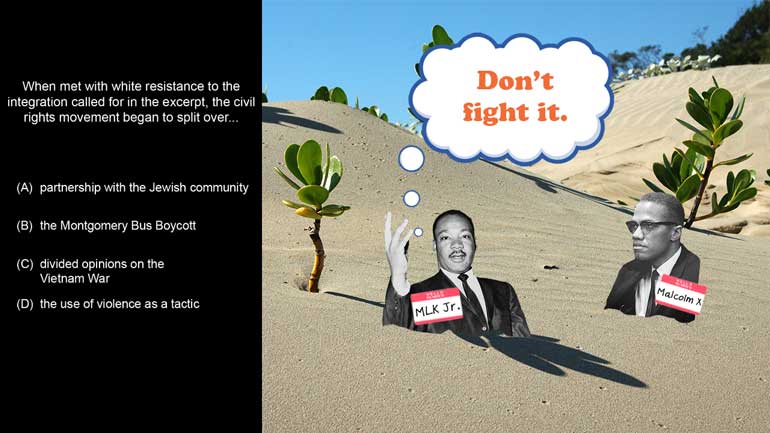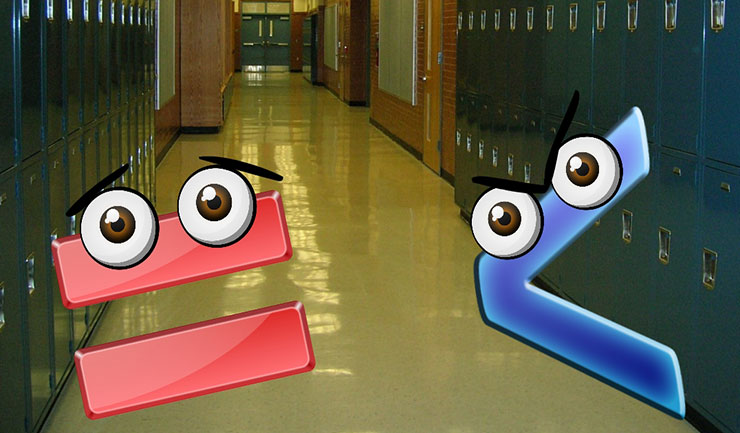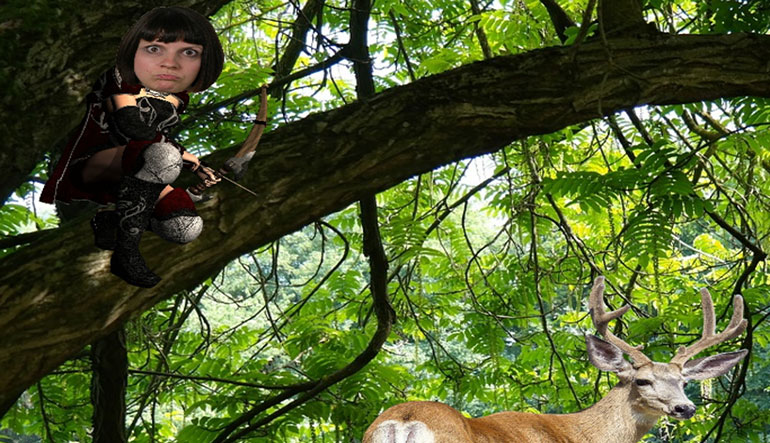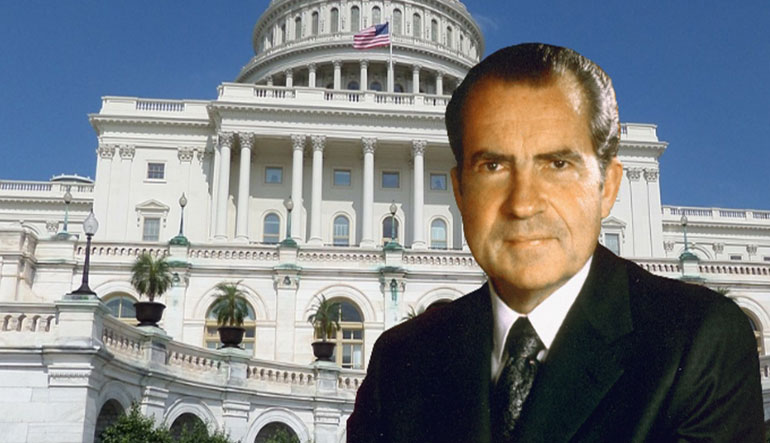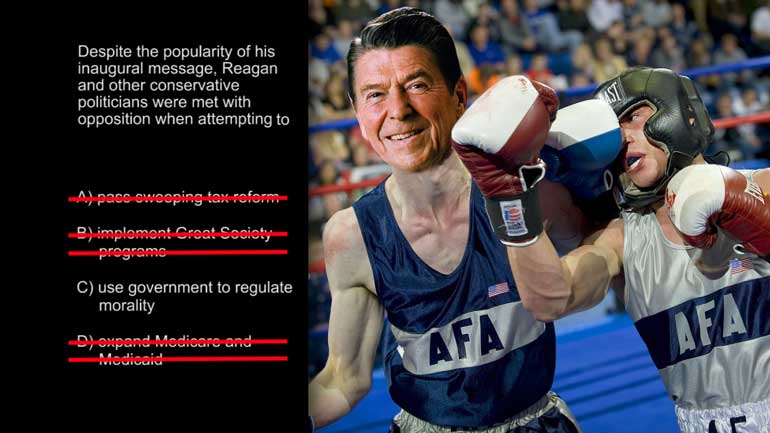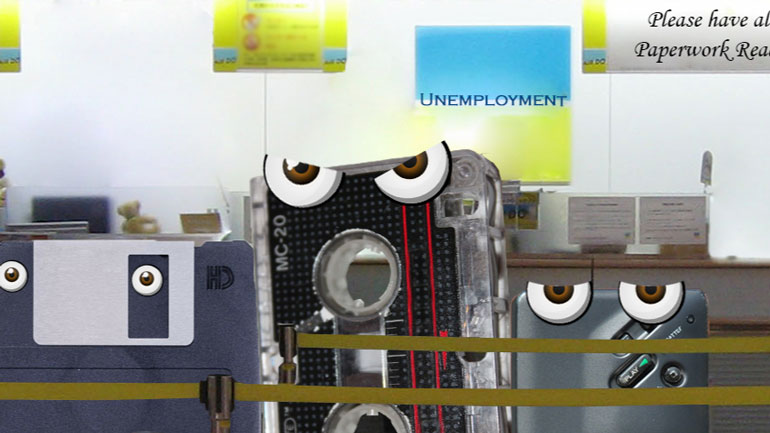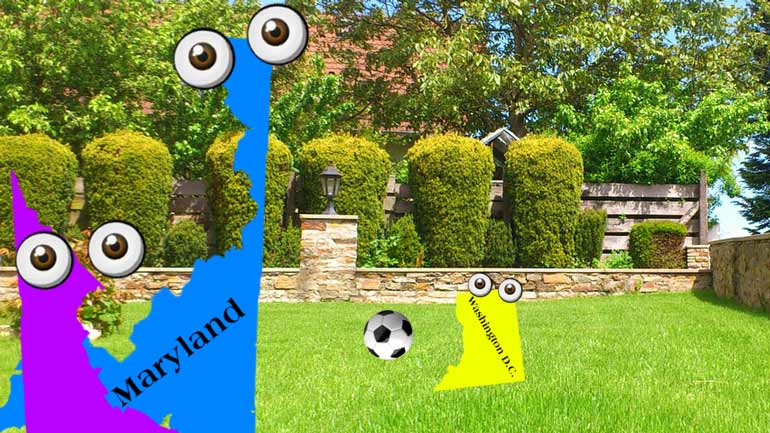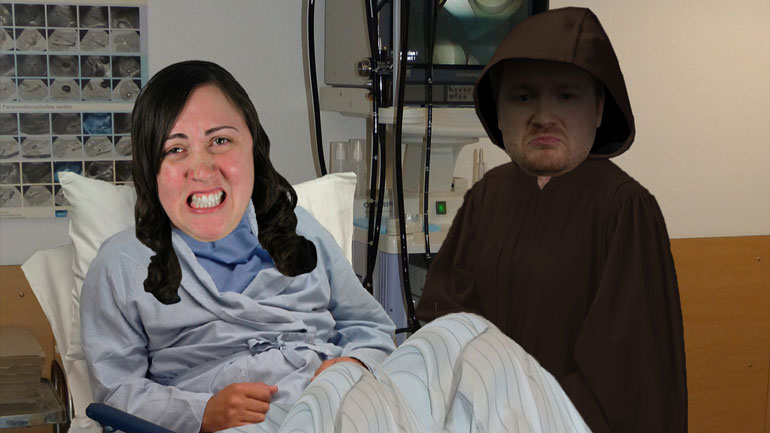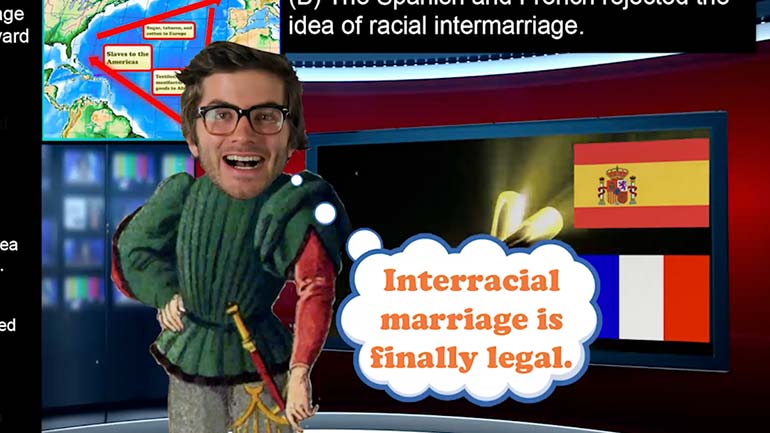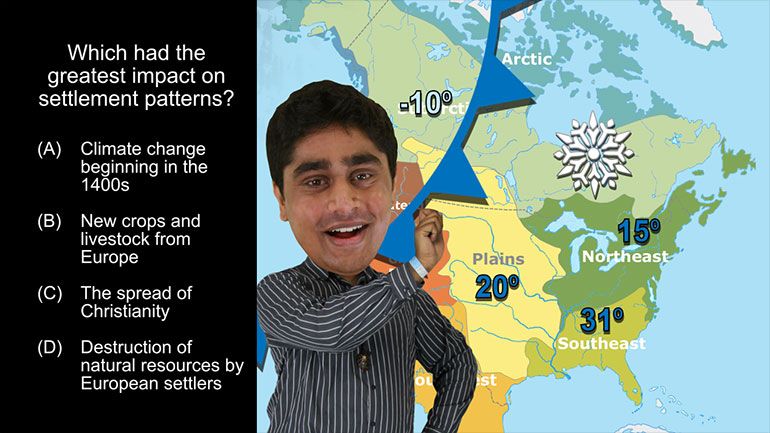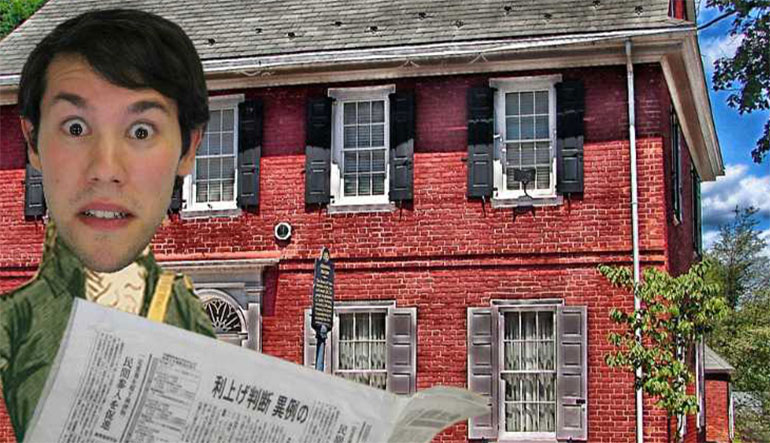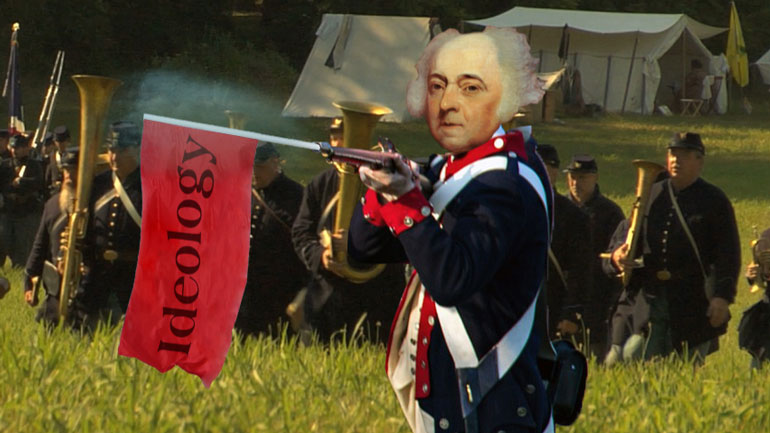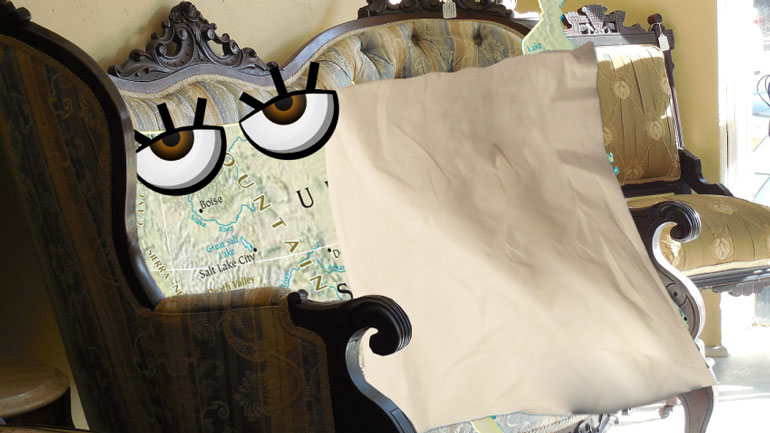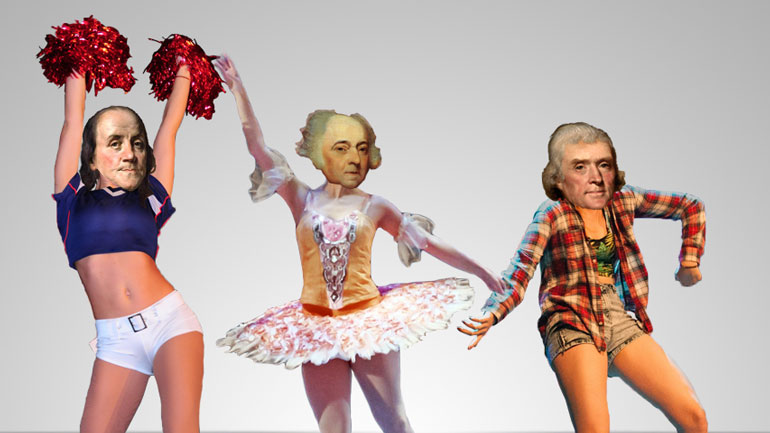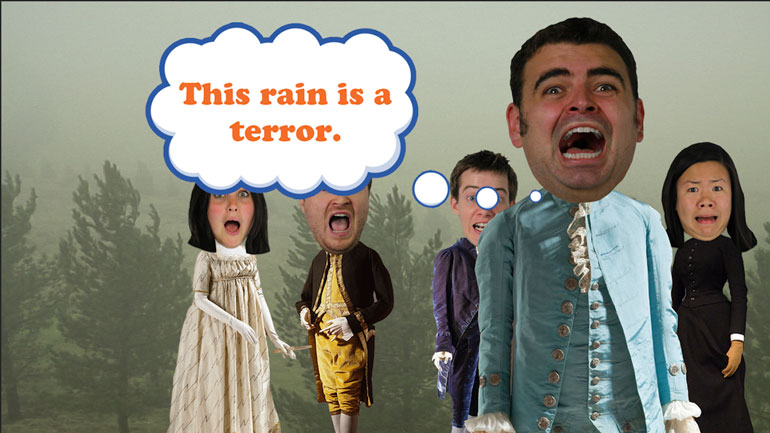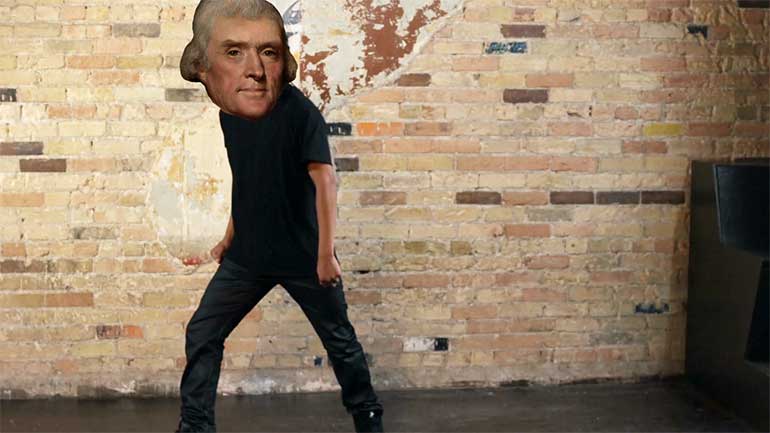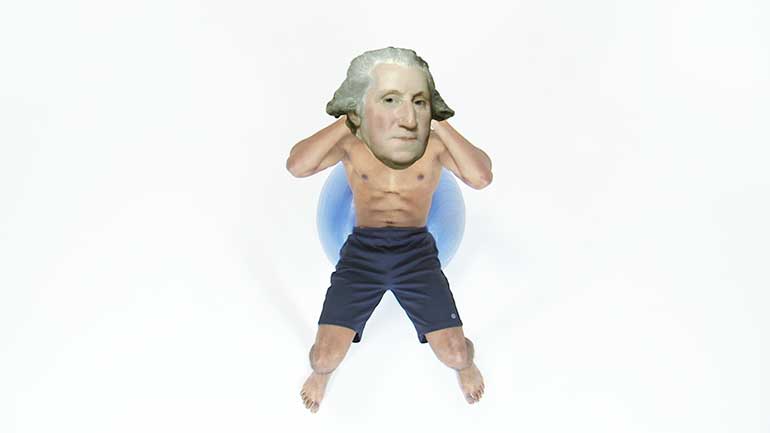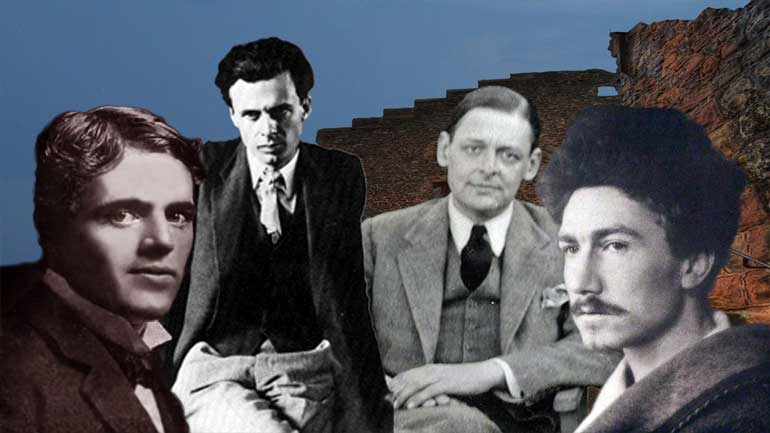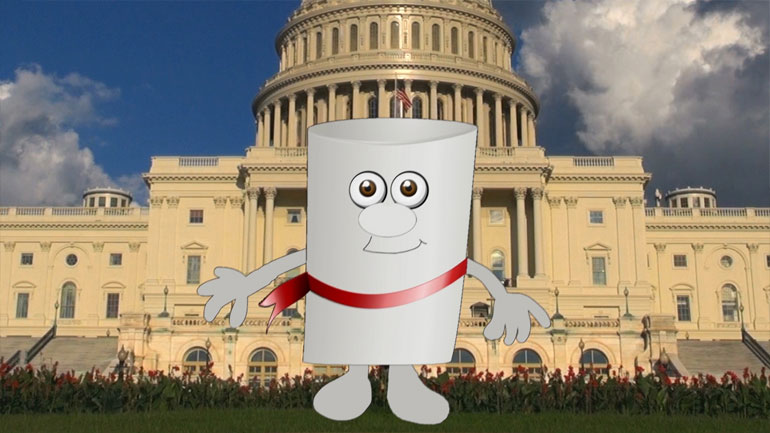ShmoopTube
Where Monty Python meets your 10th grade teacher.
Search Thousands of Shmoop Videos
AP U.S. History Videos 167 videos
AP U.S. History 3.1 Period 2: 1607-1754. Which of the following contributed most directly to the process seen in the image?
AP U.S. History Period 1: 1491-1607 Drill 3, Problem 2. The cultivation of maize, depicted in the image, also played a significant role in which of...
AP U.S. History 3.2 Period 4: 1800-1848. The goals presented in the excerpt have the most in common with which of the following?
AP U.S. History Exam 1.34 166 Views
Share It!
Description:
AP U.S. History Exam 1.34. Which of the following shifts in American Society is reflected in the image?
Transcript
- 00:00
[ musical flourish ]
- 00:03
And here's your Shmoop du jour, brought to you by societal change,
- 00:07
the nickels and dimes left over after economic revolution.
- 00:11
Which of the following shifts in American society
- 00:13
is reflected in this image right here?
Full Transcript
- 00:17
All right, and here are your potential answers.
- 00:19
[ meow ]
- 00:24
Nothing about this cartoon makes work look very appealing.
- 00:27
Unless work involves taking a snooze on a giant bag of money.
- 00:30
Well, let's see which answer best describes the changes that
- 00:33
strained society at the time.
- 00:36
Does this image reflect B - the shift
- 00:38
from a society dominated by the wealthy
- 00:41
to a classless society?
- 00:43
Well, there seems to be a pretty big difference between
- 00:45
the Gilded Age millionaires resting up top
- 00:48
and the working class toiling away down below.
- 00:50
So that's a strike against B and D.
- 00:53
Does this cartoon characterize C - the shift from a
- 00:56
primarily English nation to a culturally diverse nation?
- 01:00
There were certainly lots of immigrants helping shore up
- 01:02
this new economy, but the cartoon doesn't really take a stand
- 01:05
on that one way or the other. So it's not C, either.
- 01:07
Which means that this image most reflects A -
- 01:10
the shift from an agricultural economy to an industrial economy.
- 01:15
Many Americans moved from small towns
- 01:17
to big cities in hopes of finding job opportunities
- 01:19
in newly opened factories. But workers received
- 01:22
meager wages compared to the millions made by
- 01:25
company owners. So A is the correct answer.
- 01:27
Sadly, this cartoon is a pretty accurate reflection of the pain
- 01:30
felt by the working class during an otherwise booming
- 01:33
economic period. Maybe adding some
- 01:34
kittens and puppies could lighten the mood
- 01:37
and the load a little bit.
- 01:40
[ honk ]
Related Videos
Ever heard of a "living document"? They eat and breathe just like the rest of us! They even walk around on their own two legs. Okay, fine—maybe t...
If the Puritans had gotten their way, religion would play a much larger role in lawmaking these days. Want to know more? Watch the video for all th...
What happened between the creation of the Articles of Confederation and the ratification of the current U.S. Constitution? This video analyzes the...
The Modernists thought the world had a lot of problems, and they were intent on fixing them—or at least talking about fixing them. Unfortunately,...
This video explains Federalism and the quest for a fair balance between state and national power. It covers the progression and compromises of Fede...
